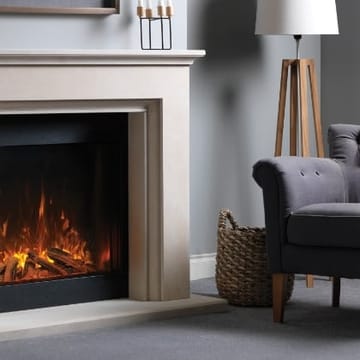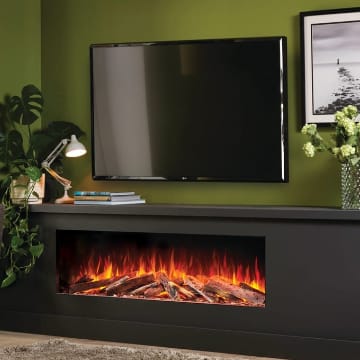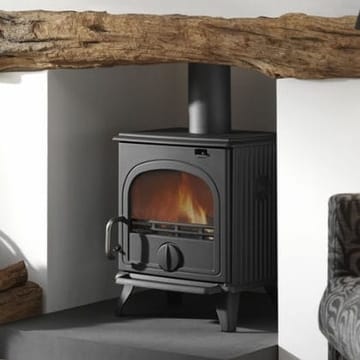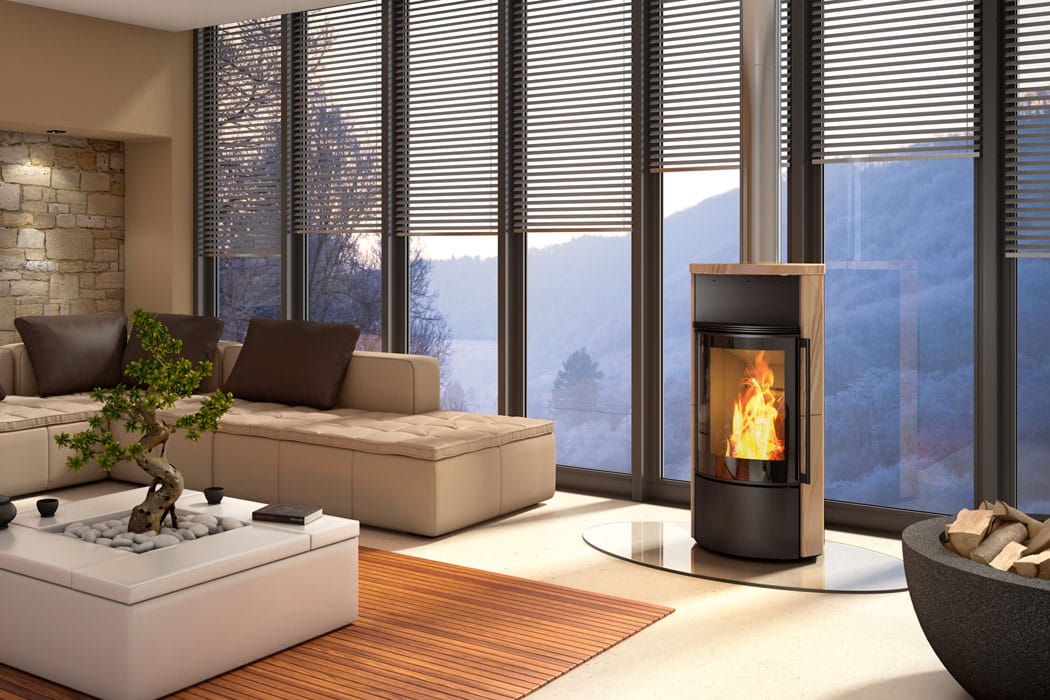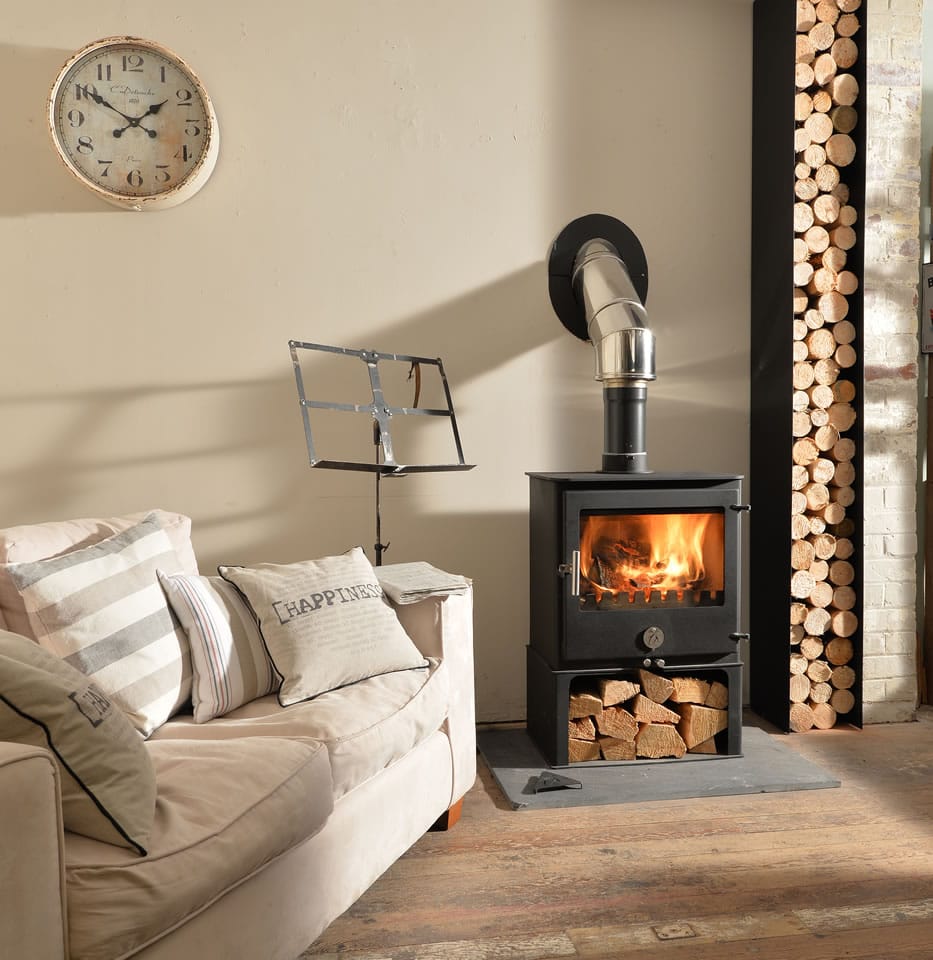
Supplement Your Air Source Heat Pump With A Wood Burning Stove
Heat pumps are increasingly popular due to their high efficiency. According to the Energy Saving Trust, they can produce up to three times more energy than they consume, offering a remarkable 300% efficiency. While they are an excellent choice for many, they aren't without their limitations.
How Does a Heat Pump Work?
A heat pump operates similarly to a refrigerator or air conditioning unit. It extracts heat from the surrounding environment, be that, air, ground, or water, and transfers it to your home. This heat is used to vaporize a refrigerant, which is then compressed to increase its temperature. The heated gas transfers its energy to your home's heating system, such as underfloor heating or radiators.
While the heat source is free, electricity is required to power the pump. Energy consumption increases during colder months when the pump works harder to extract heat from lower temperatures. At the time of writing electricity per unit is far more expensive than gas.
Types of Heat Pumps
1. Air-Source Heat Pumps:
- The most common type in the UK.
- Operates at temperatures as low as -20c.
- More affordable and easier to install than ground-source pumps.
- Suitable for small and large properties.
- Can heat your home and provide hot water.
- Works best with underfloor heating.
- Can be controlled remotely for zoned heating.
- Benefits from supplementation with a wood burner for quicker heating.
2. Ground-Source Heat Pumps:
- Also known as ground-to-water heat pumps.
- Extracts heat from the ground.
- More expensive to install but more reliable due to consistent ground temperatures.
- Requires a trench or borehole in your outdoor space.
Combining Heat Pumps with Wood Burners
Living in a rural location comes with it's down sides, one of them being power cuts on a regular basis during winter. As a heat pump requires electricity, you'll be left without a way to heat your home. This is when a wood burner will come in handy.
Even if you aren't rural, a wood burner can complement a heat pump system in several ways:
- Independent Operation: Install a heat pump for general heating and a wood burner for additional warmth in living spaces.
- Connected Systems: A more complex setup involves connecting a back boiler stove to the heat pump. This creates a dual-fuel system that efficiently heats your entire home.
- Solar-Powered Heat Pumps: Combining solar panels with a heat pump and wood burner maximises energy efficiency and reduces reliance on the grid.
Common Heat Pump Problems and Solutions
- Air Pockets in Underfloor Heating: Can lead to uneven heat distribution. Balancing the system and using a room heater like a wood burner can help.
- Insufficient Heating Capacity: Ensure the heat pump is appropriately sized for your home. A wood burner can provide additional heat during colder periods.
- Running Costs: While efficient, heat pumps can be more expensive to run in winter. Combining with a wood burner can reduce reliance on the heat pump and lower costs. Having a solar panels can reduce the running costs of a heat pump. But you need to take into consideration the overall costs created when upgrading to these systems. It could be 10 to 15 years before you start seeing a return, and you may very well need to be upgrading your system just as you breakeven.
Conclusion
A heat pump and wood burner combination offers a highly efficient and reliable heating solution. The heat pump provides consistent background warmth, while the wood burner offers powerful, rapid heat when needed. This synergy can significantly reduce your energy consumption and carbon footprint.
You can view examples of the woodburners we have in stock and on show in our store in Battlesbridge Essex by going to our menu and clicking stoves
